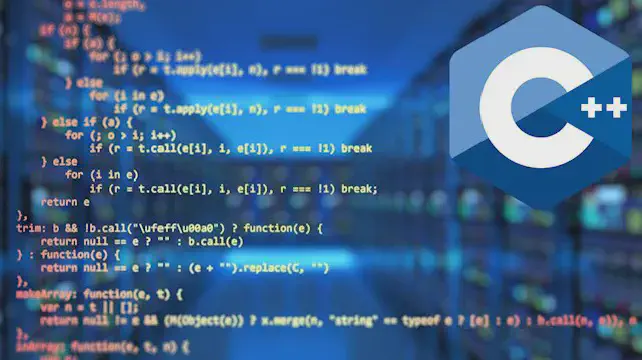Excerpt§
Discover how to effectively solve the problem of collision in hash by exploring techniques like separate chaining, open addressing, and Robin Hood Hashing.
Hash functions are widely used in computer science for applications like databases, cryptography, and data structures. However, the problem of hash collisions – where different inputs yield the same output hash – can affect hash performance. This post explores various techniques to effectively handle collisions in hash implementations.
Understanding Hash Collisions§
A collision occurs when two different input keys map to the same hash value. For example:
1Input 1: "Hello"
2Input 2: "World"
3
4Hash(Input 1) = Hash(Input 2)
textCollisions are unavoidable since hash functions produce outputs of fixed size while inputs can be infinite. Excessive collisions degrade real-world performance of hash tables and other applications.
Collisions increase lookup times, may cause data loss, and can allow denial-of-service attacks. Therefore, implementing good collision resolution is crucial.
Techniques to Solve Hash Collisions§
Here are some common methods to deal with collisions:
1. Separate Chaining§
Separate chaining uses linked lists to store colliding entries. All entries mapped to a hash index are stored in a linked list.
1Index 5 -> ItemA -> ItemZ -> ItemC
textThis provides O(1) ideal lookup time. But requires extra memory for pointers.
2. Open Addressing§
In open addressing, colliding elements are stored in the next open slot in the hash table. Different probe sequences are used like:
- Linear probing: Try hash+1, hash+2, etc
- Quadratic probing: Try hash+12, hash+22, etc
- Double hashing: Use a secondary hash function
This removes external storage but cluster formation slows down lookups.
3. Robin Hood Hashing§
Robin Hood hashing dynamically rearranges elements to make room for incoming keys. Keys closer to their ideal slot are placed after keys further away. This optimizes lookups.
Choosing the Right Hash Collision Solution§
Consider these factors when selecting a collision resolution approach:
Hash table size – Smaller tables suit open addressing. Large tables optimize separate chaining.
Load factor – High load factors affect open addressing more than chaining.
Hash quality – Better hash functions reduce collisions, improving open addressing.
Cache performance – Open addressing optimizes CPU caching with sequential memory access.
Algorithm complexity – Chaining has simpler logic while open addressing probe functions can get complex.
Best Practices for Hash Design§
Here are some tips to minimize collisions:
Use a top-quality hash algorithm like SHA-256 or xxHash for even distribution.
Select a large hash table size based on expected data volumes.
Rehash and redistribute keys when load factor exceeds 0.7 or so.
randomize initial keys to avoid clustering.
Limit hash keys to the essential subset required for lookup.
Conclusion§
There are several effective techniques to handle hash collisions like chaining, open addressing, and Robin Hood hashing. Selecting the most suitable approach requires trading off memory usage, algorithm complexity, and lookup performance. Following best practices for hash table size, load factors, and key quality goes a long way in minimizing collisions. Overall, designing hashes consciously by understanding collision resolution approaches is key to building efficient systems.















